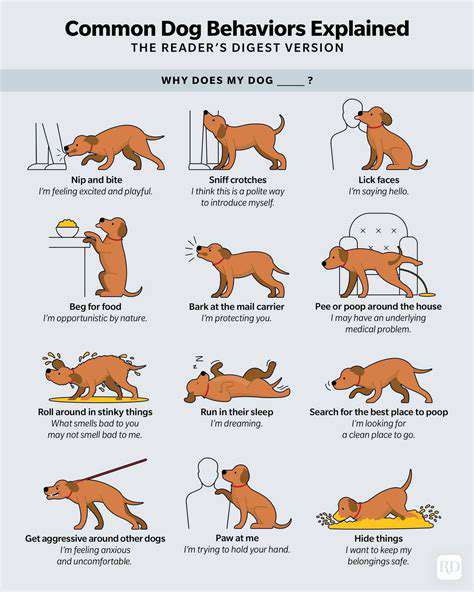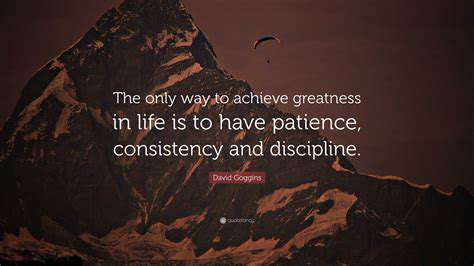Understanding Cat Body Language
Eye Contact and Ear Positions: Clues to Your Cat's Feelings
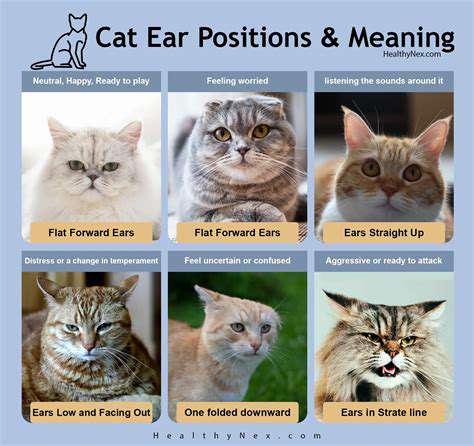
Eye Contact and its Significance
The eyes serve as powerful communicators, silently transmitting emotions and intentions. When your feline companion locks gazes with you, it could signify trust and affection—or in some cases, a subtle challenge. The duration and intensity of their stare varies based on context: slow blinks often indicate contentment, while unbroken staring might precede playful pouncing.
Cultural interpretations differ dramatically—where some human societies view direct eye contact as confrontational, cats employ it differently. Their evolutionary history as both predators and prey animals makes eye behavior particularly nuanced. Averting their gaze can signal submission, while dilated pupils might reveal excitement or fear.
Ear Position and Body Language
Those expressive ears function like emotional radar dishes. Forward-facing ears demonstrate curiosity about new sounds or stimuli, while flattened ears against the skull scream defensive aggression. The slightest ear twitch can betray a cat's focus shifting between your voice and distant kitchen noises.
Watch for asymmetrical ear positions—one ear forward while the other swivels backward often indicates divided attention. This complex signaling system developed through millennia of feline evolution, allowing silent communication during hunting or territorial disputes.
The Combined Effect of Eye Contact and Ear Positions
When whiskered faces align both visual and auditory cues, the message becomes unmistakable. Half-lidded eyes paired with relaxed ears signal supreme contentment, whereas unblinking stares with pinned-back ears warrant caution. These synchronized signals create a sophisticated emotional shorthand between cats and their humans.
Kittens learn this visual grammar early—mother cats use precise ear and eye combinations to discipline wayward offspring without vocalization. Adult cats employ these same techniques when interacting with humans, assuming we'll understand their subtle vocabulary.
Cultural Nuances in Interpretation
Just as human gestures carry different meanings globally, feline signals vary slightly between breeds and individual personalities. Some Persian cats' flattened facial structures modify their expressive range, while Siamese tend toward more dramatic ear movements. Seasoned cat guardians develop fluency in their particular companion's dialect of ear-and-eye communication.
Environmental factors also influence interpretations—indoor cats may use subtler ear movements than their street-savvy counterparts who need clearer signaling over distances. Multi-cat households often develop unique visual languages blending each resident's style.
The Role of Micro-expressions
Those lightning-fast ear flicks and momentary pupil dilations constitute a rich subtext. A brief ear twitch during petting might signal impending overstimulation before the tail starts lashing. Mastering this micro-expression vocabulary helps prevent misunderstandings—like recognizing the difference between play-hunting stares and genuine distress signals.
Veterinary behaviorists note these fleeting expressions often provide the most honest emotional readouts, as cats can't maintain feigned expressions for long. The third eyelid's occasional appearance or whisker positioning adds further nuance to the emotional portrait.
Potential Misinterpretations
Common mistakes abound—assuming purring always means happiness (it can signal stress), or misreading kneading as purely affectionate (it's also a self-soothing behavior). Even experienced owners sometimes confuse playful ear positions with aggressive ones, especially in energetic young cats.
Context remains king—the same ear position might mean different things during mealtime versus vet visits. Individual history matters too; rescue cats often develop unique signaling patterns based on past experiences.
Practical Applications in Various Fields
Animal shelters train staff to read these subtle cues for better cat handling—recognizing ear positions that precede scratching attempts. Veterinary technicians use eye and ear signals to gauge pain levels in non-vocal patients. Even pet product designers study these behaviors to create less stressful carriers and examination tables.
In multi-pet households, understanding these visual cues helps mediate cat-to-cat introductions. Pet sitters armed with this knowledge provide better care by recognizing early signs of stress or illness through changed ear and eye patterns.
Facial Expressions: A Window into Their Souls
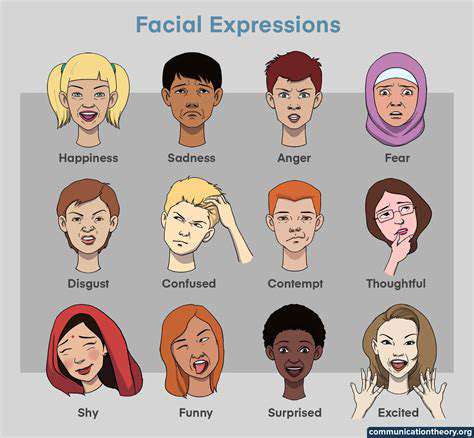
Decoding the Silent Language of the Face
A cat's face tells stories no meow could convey. That slight narrowing of eyes during sunbeam naps radiates pure bliss, while tightened lips after smelling medication broadcast disgust. Unlike humans who can fake smiles, feline facial muscles respond with involuntary honesty to their emotional state.
Specialized whisker pads and mobile skin allow remarkable expressiveness—watch how whiskers fan forward during hunting focus versus tucking back during nervous moments. Even the seemingly neutral resting cat face actually transmits volumes about their current mood through subtle tension patterns.
The Evolution and Cultural Context of Facial Expressions
Modern housecats retain facial expressions from their wild ancestors—the threat display of flattened ears and bared teeth mirrors big cat behavior. Interestingly, some experts believe domestic cats developed additional expressions specifically for human communication, like the exaggerated slow blink.
Breed variations create fascinating accents—Persians' smooshed faces limit some expressions but enhance others, while Oriental breeds' angular features amplify every tiny muscle movement. Feral versus house-raised cats also differ—feral cats use fewer subtle expressions, reserving clear signals for vital communications.
Kittens begin practicing facial expressions during early social play, just as human babies experiment with smiles. By six months, most develop their distinctive vocabulary of looks—the same expression that means feed me in one cat might signal pet me in another. This personalized development makes each cat's facial language uniquely theirs.
Read more about Understanding Cat Body Language
Hot Recommendations
- Heartwarming Stories of Pets in Retirement Homes
- How to Teach Your Dog to Leave It
- My Pet's First Snow Experience [Story]
- Review: [Specific Brand] Pet Water Fountain
- Guide to Dealing with Aggression in Dogs
- Guide to Using Positive Reinforcement in Training
- Living with a Pet Who Loves the Outdoors
- Guide to Puppy Obedience Training
- Guide to Training a Deaf Dog
- Funny Moments While Grooming My Pet

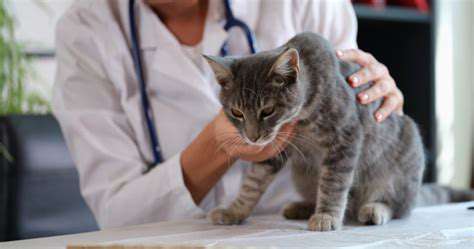
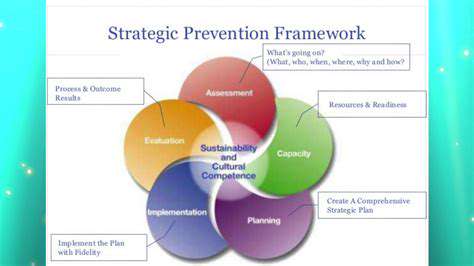

![Review: [Specific Brand] Smart Pet Door](/static/images/33/2025-05/EaseofInstallationandSetup.jpg)
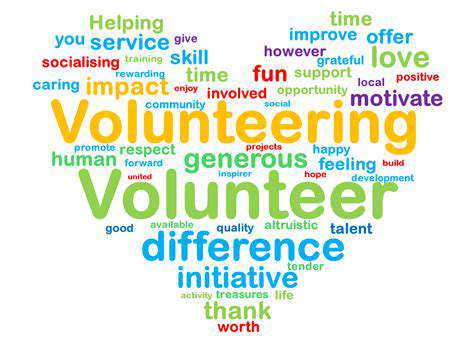

![A Week in the Life of My [Pet's Name]](/static/images/33/2025-05/DinnertimeDelightsandEveningEntertainment.jpg)
